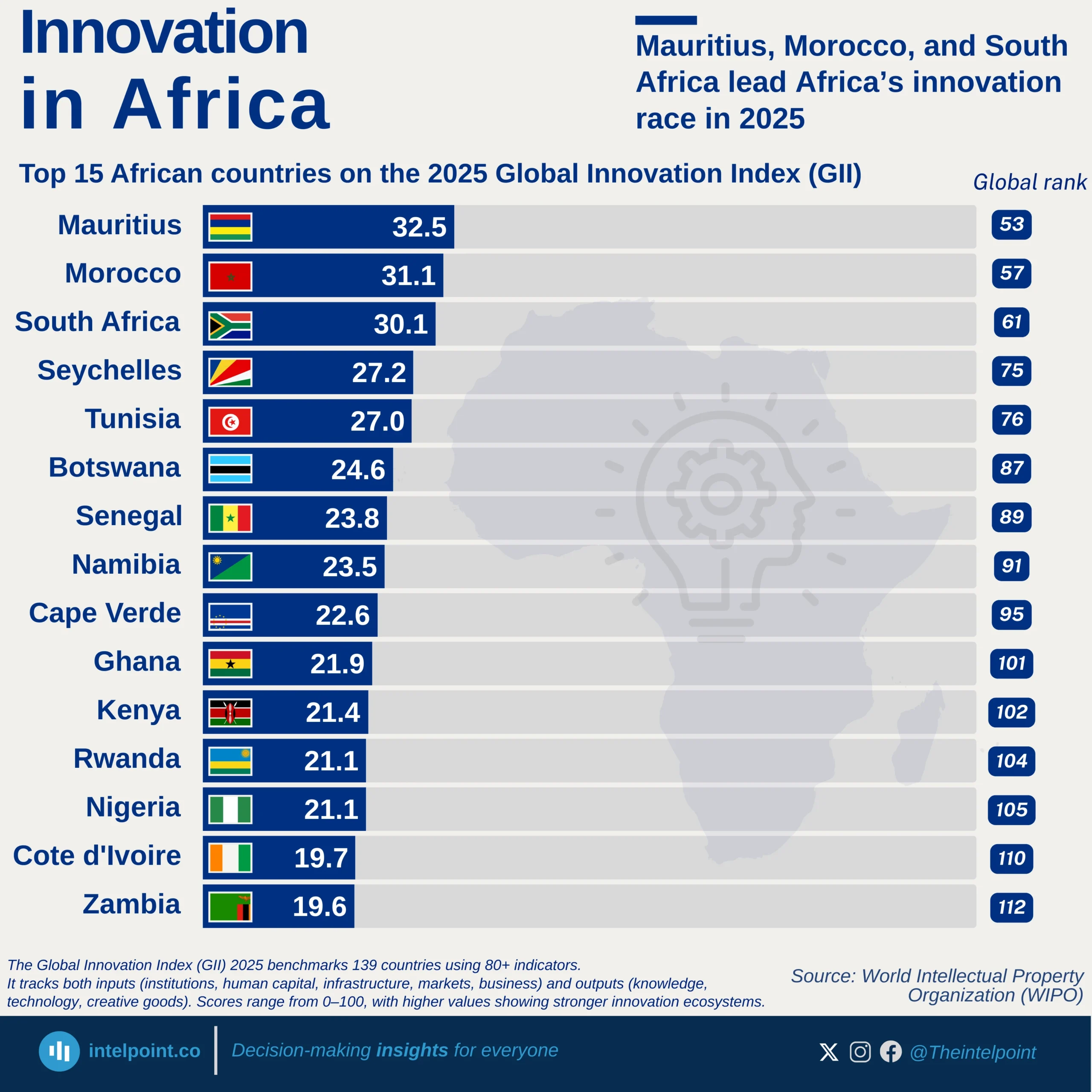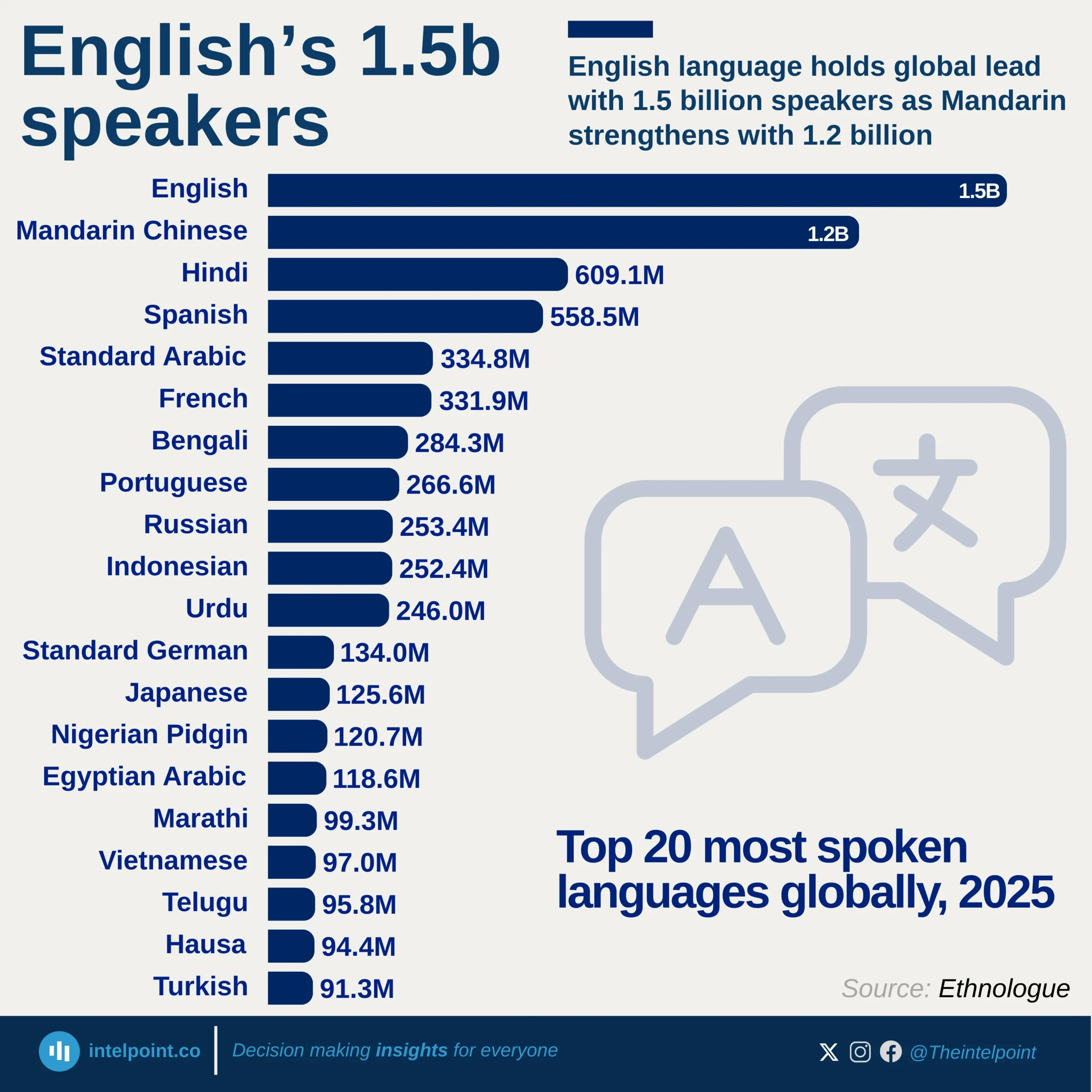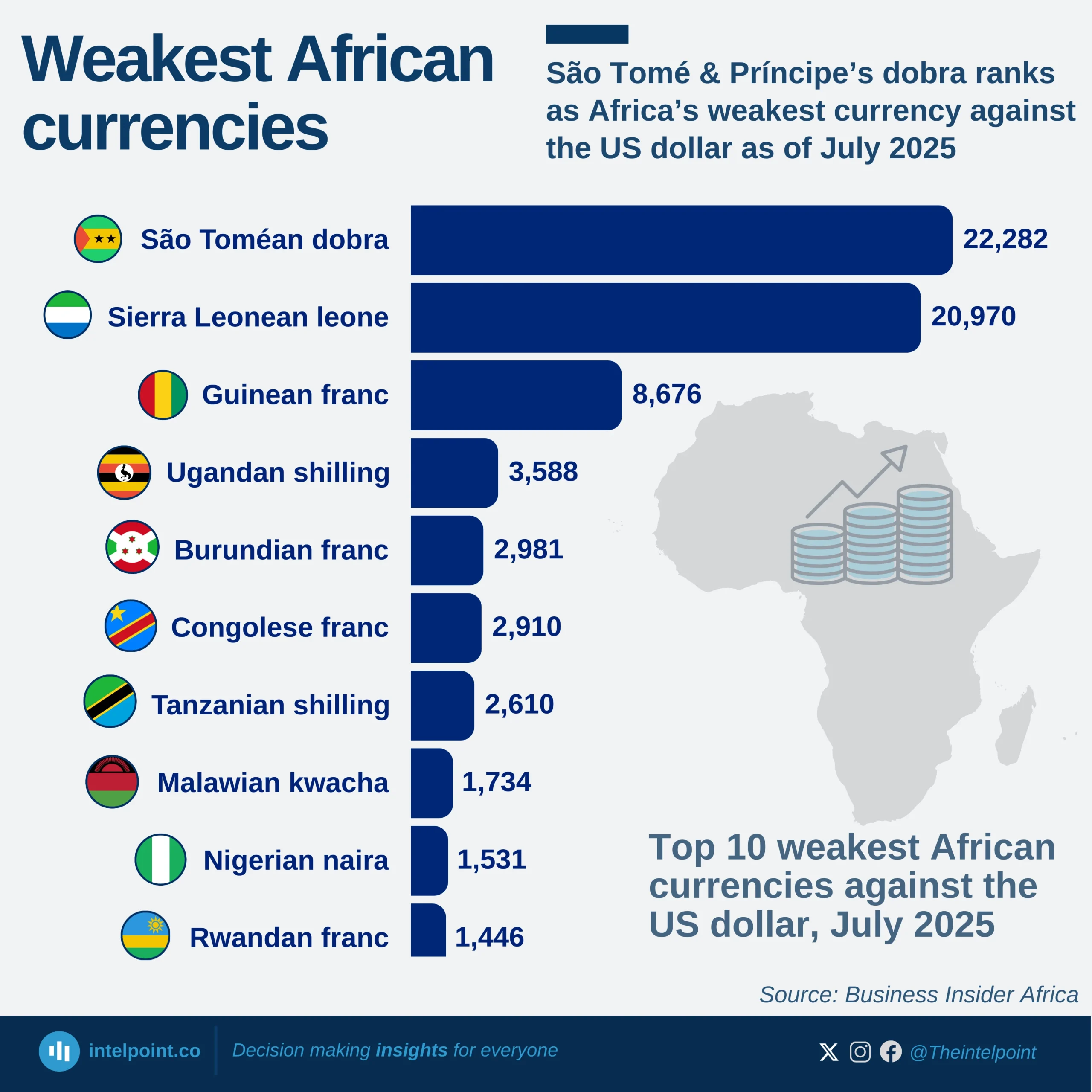Independence in Africa spans nearly two centuries, from Liberia's declaration in 1847 to South Sudan’s in 2011. The continent’s journey to sovereignty has been marked by resilience, struggle, and transformation, with countries gaining independence at vastly different times. Liberia, celebrating 177 years of independence, stands as the continent’s oldest independent nation, while South Sudan, only 13 years old, is Africa’s youngest.
While some African nations gained independence early, most had to fight against European colonial rule in the mid-to-late 20th century, such as Ghana (1957), Tunisia (1956), and Morocco (1956). In contrast, others, particularly in Southern Africa, had prolonged struggles due to settler colonialism, with Zimbabwe (1980), Namibia (1990), and Eritrea (1993) only securing sovereignty much later.





